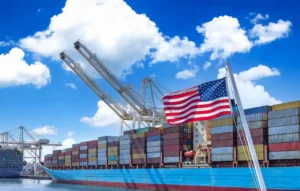
Digital Freight Marketplaces: How They Work
The world of logistics is changing fast. Gone are the days when shippers had to spend hours calling transport companies or brokers to find trucks for their goods. Today, technology has made freight management easier, faster, and more transparent — thanks to digital freight marketplaces. These platforms connect shippers and carriers online, helping both sides save time, reduce costs, and improve efficiency. But how do these digital freight marketplaces actually work? And why are they becoming so popular in global trade and logistics? Let’s break it down in simple terms. What Is a Digital Freight Marketplace? A digital freight marketplace is an online platform that connects people who need to move goods (shippers) with those who can transport them (carriers,





